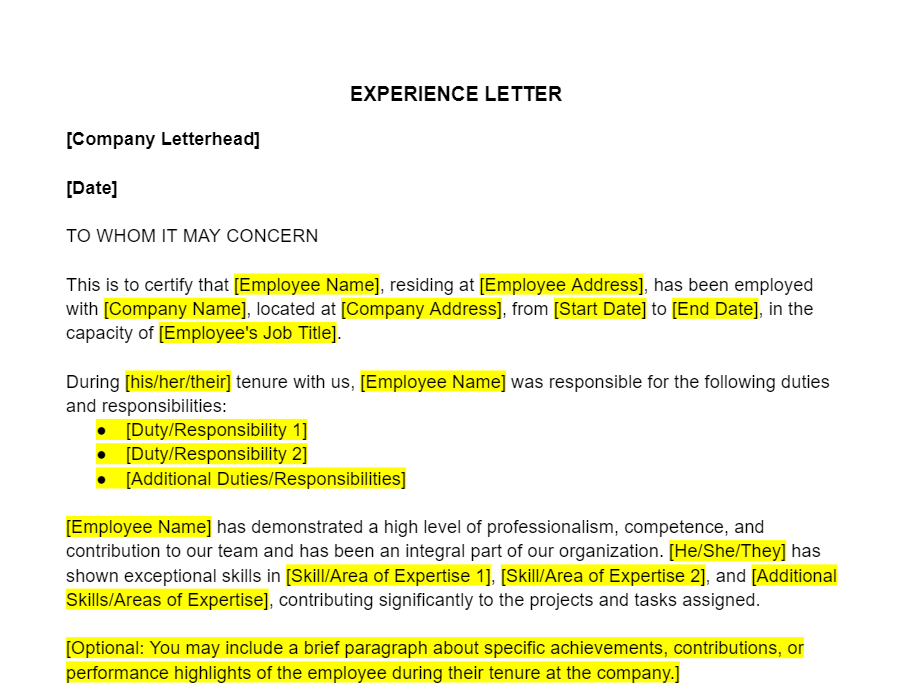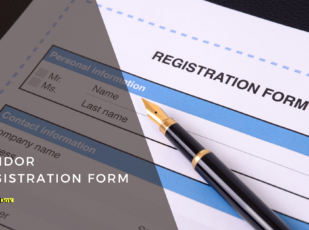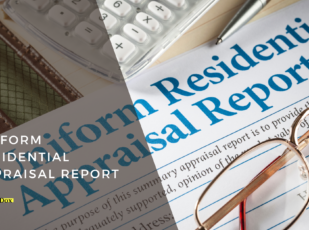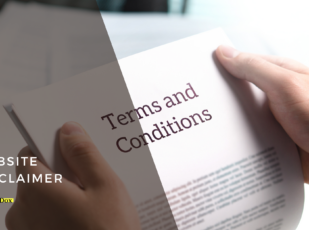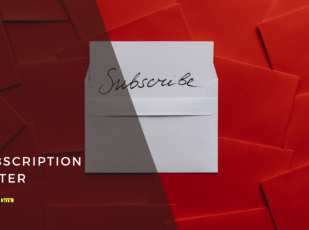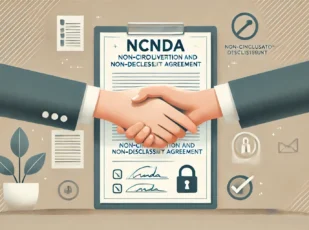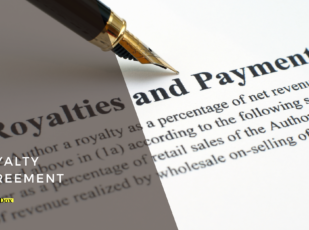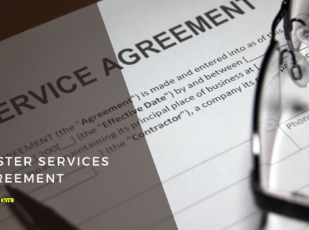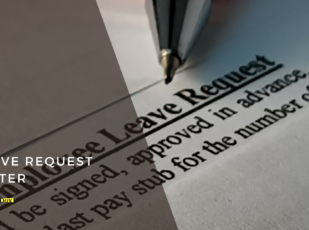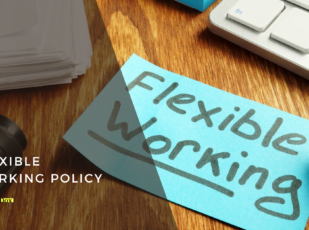
Experience Letter Template
5 Downloads
Employment
January 11, 2025
Sayantani Dutta
Career advancement and job transitions are all too common in the modern day and age of corporations. Businesses today need so much more than a CV delineating the names of previous companies an employee worked for. To truly excel in today’s job market, employees need more. In this context, the Experience Letter is a critical tool for both employers and employees. It provides a formal account of an employee’s tenure and contributions to an organization, thus validating their professional experience.
In this article, we are going to be talking about an Experience Letter in detail—highlighting its importance in the job market, the challenges of creating effective experience letters without a proper template, and the benefits of using FreshDox.com’s comprehensive template to create clear, impactful documentation.
Without further ado, let’s dive right into it.
What is an Experience Letter?
An Experience Letter is a formal document issued by an employer to an employee upon the completion of their tenure at the organization. In its totality, it outlines the roles and responsibilities held by the employee and the duration of their employment. Often, the Experience Letter will also include a brief evaluation of their performance and contributions.
Instead of a monotonous piece of paper blatantly outlining the specifics of a job position in a dry tone, the Experience Letter should be a valuable asset for the employee that outlines practical information about what the employee achieved successfully and what their key competencies are.
This letter does much more than serve as a testament to the employee’s professional experience. It covers their skills, achievements, and workplace ethics or qualities as well. As such, a well-drafted work experience letter is a valuable asset for the employee—when they become a job seeker to pursue new opportunities.
When applying for a new job, the candidate can have a remarkably bigger impact with a proper experience certificate or letter. There are tons of job applications to sift through and not every organization is capable of handling that volume. For that reason, it becomes extremely important to differentiate yourself in the job market.
The Experience Letter is one such way. It allows the candidate to make a mark for themselves in a substantial way, potentially allowing them to grab a position. But that being said, the typical experience letter format is quite generic. It is dull and might not serve the purpose. That is where a robust template comes into the picture.
More on that in the end. For now, let’s shift our focus to the importance of an Experience Letter in the modern age.
The Importance of an Experience Letter
A well-drafted job experience letter from a previous employer is a significant tool when approaching a new employer. This formal letter outlines the employee’s performance and comments on key qualities—communication skills, teamwork, notable achievements, and other specific skills.
The employee’s role is also described in detail within this official document, of course. This includes all employee details such as the employee’s designation, date of joining and end date, job description, key responsibilities, and more.
It is different from a positive statement that you would call a recommendation letter. The key difference is that this one is more formal and detailed. It can be easily used by future employers to measure and compare employee abilities.
At its very core, the Experience Letter is a document that corroborates an employee’s work history and professional accomplishments. It improves their credibility with prospective employers. And as such, this seemingly short document actually plays a crucial role in the job application process. Ultimately, a proper Experience Letter will support resumes and interviews with concrete evidence of past employment and capabilities.
Employers, on the other hand, will find that issuing experience letters when an employee leaves is an excellent way to acknowledge their contributions. As an employer, thus, you are doing your due diligence in facilitating the employee’s transition to new roles outside the organization. Simply put, it is the most professional thing to do for employees’ career growth. For the employee’s future endeavors, your commitment to drafting a professional Experience Letter will turn out to be quite helpful.
Challenges of Crafting Effective Experience Letters
Creating consistent, effective experience letters is not child’s play. It can be quite challenging without a standardized template. Often, employers struggle with determining the appropriate content and format, which is critical to ensure that the letter accurately reflects the employee’s roles and achievements without divulging proprietary information or infringing on privacy.
Also, let’s not forget that without a solid template as the foundation, there is a huge risk of inconsistency in the letters issued to different employees. This can ultimately undermine the very credibility of the experience letters, as well as the organization’s professionalism.
Furthermore, the absence of a well-structured Experience Letter can diminish its value for the employee as well. This can potentially impact their job search and future career prospects. It is not sufficient to just mention the employee’s full name, contact information, and job title on company letterhead—you need a strong template that can cover all bases and do justice to highlighting the key achievements of the candidate when looking for a job.
A poorly drafted Experience Letter, therefore, is likely to fail to convey the full extent of an employee’s contributions or might even lack the necessary formalities to be taken seriously by future employers.
The Key Components of a Work Experience Certificate
So, what makes a good Experience Letter that can help the employee grab better job opportunities?
- First of all, the letter should have complete employer details. It includes the company name, company address, company seal, and the like. If the HR department is issuing the letter, then it should have the relevant details of the department as well.
- Following that is, naturally, the employee details. This part will cover the employee’s job role (such as software engineer or project manager). Put the designation of the employee at the time of their departure.
- Next, the tenure of the employment should also be covered alongside the employee experience. This means marking the start date and the end date.
- This is followed shortly by the roles and responsibilities they had while in your organization. It is enough to offer a summary of the positions held by the employee and their key responsibilities under those positions.
- Next, you should highlight the performance and contributions of the employee in the context of your organization or the specific team they worked as a part of. These are optional comments on the employee’s overall performance, achievements, and any contributions to the organization or its products.
- Lastly, put some closing remarks—a formal thank you and best wishes for the employee’s future endeavors—before you end the Experience Letter with the signature of the issuing authority (typically a human resources representative) with the date of issuance.
Better Letters with FreshDox.com’s Experience Certificate Format
Here at FreshDox.com, we have a professionally designed Experience Letter Template that simplifies this whole process for you! Yep, you read that right. Our template can be used as a starting point on which you create your final draft. It is fully customizable and comes with sections you can add, remove, or edit depending on your organization’s specific needs. We do not believe in offering generic templates that write a line or two, like “to whom it may concern” and offer a few headings, such as “salutation goes here,” before ending the whole thing for good.
We have a template that can help you create detailed and effective experience letters, ensuring that employers can quickly generate consistent, high-quality experience letters that can accurately reflect an employee’s professional journey and achievements.
The best part? In our library, we have so much more than just the Experience Letter Template! We have a huge library of customizable document templates that you can download in both PDF and Word format. These range from business and professional documents to legal templates developed by experts.
So, what do you need to do? Well, all you have to do is sign up for a FreshDox.com account—it is that simple! We even have a 14-day trial period for you to test the waters, so to speak. You can enjoy the benefits of our Basic and Premium Plans. The Basic Plan allows you to download up to three document templates a month and the Premium Plan gives you unlimited access. Our plans are designed to meet all types of professional documentation needs.
What’s more, FreshDox.com’s user-friendly interface and expertly crafted resources allow businesses of all sizes and types to efficiently manage all of their documentation processes—improving their professional image and supporting their employees’ career development!
Produce impactful experience letters and streamline administrative tasks to save time starting today and ensure that departing employees receive the recognition they deserve. With FreshDox.com’s Experience Letter Template, you have the right tool to empower your employees’ future career opportunities and maintain a standard of professionalism. Wait no more and sign up for a FreshDox.com account today!
Related Templates
Discover more templates that align with your needs and preferences.

Ready to Sign Up?
Sign up for FreshDox.com’s 7-day trial and discover why so many individuals and businesses trust us for their legal document template needs.
- Cancel any time
- 7-day free trial
- From 300+ Customer Reviews

